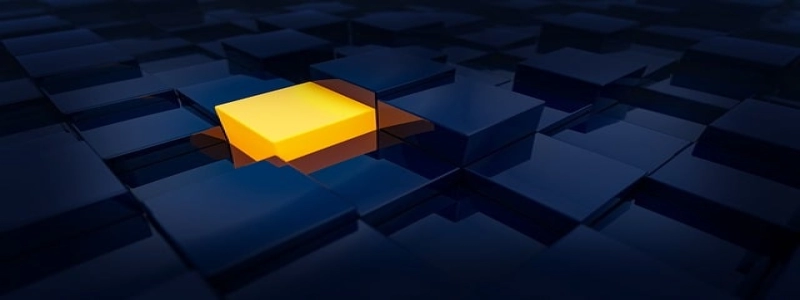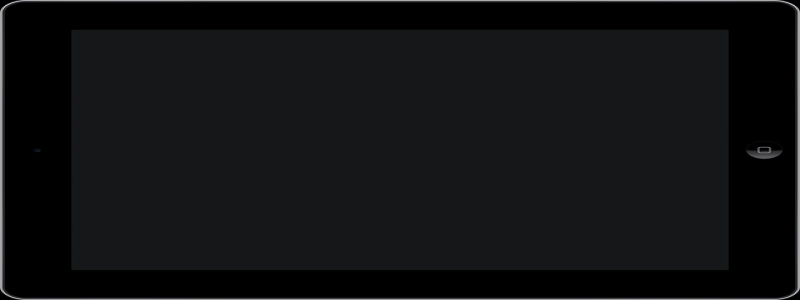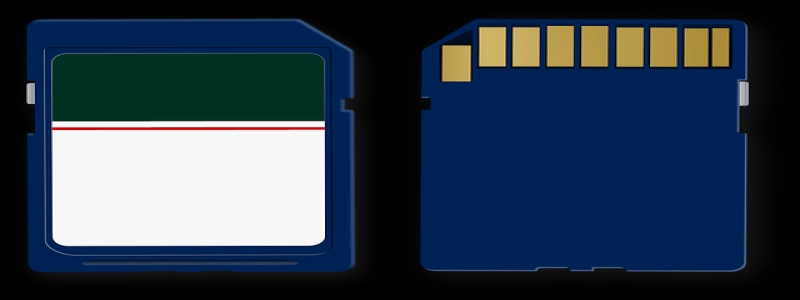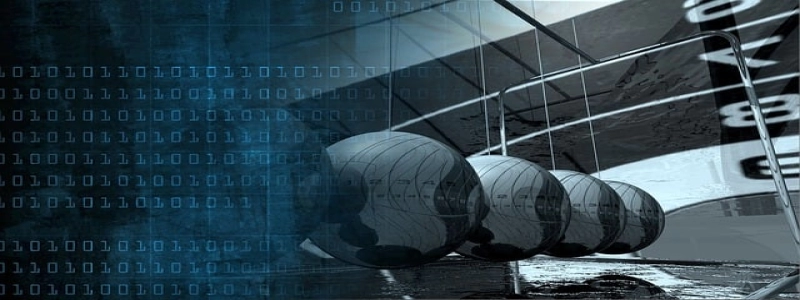SFP+ Direct Attach Cable (DAC): Enhancing Network Connectivity
Introduction:
In today’s fast-paced world, technology plays a crucial role in every aspect of our lives. One such technology that has revolutionized networking is the SFP+ Direct Attach Cable (DAC). This article explores the features, benefits, and applications of this cable, which has become a popular choice for enhancing network connectivity.
I. What is an SFP+ Direct Attach Cable?
A. Definition:
The SFP+ Direct Attach Cable, also known as an SFP+ DAC, is a high-speed, low-cost interconnect solution that is widely used in data centers and enterprise networks.
B. Structure:
The cable consists of twinaxial cables, where each end is terminated with Small Form-factor Pluggable Plus (SFP+) connectors.
II. Features of SFP+ Direct Attach Cable:
A. High Speed:
The cable provides a high-speed data transmission rate, ranging from 10Gbps to 40Gbps, depending on the cable type.
B. Cost-effective:
Compared to traditional optical transceivers and fiber cables, SFP+ DACs offer a cost-effective solution for short-range interconnects.
C. Easy Installation:
The plug-and-play feature enables easy installation without the need for additional power or configuration.
D. Flexibility:
SFP+ DACs are available in various lengths, offering flexibility in network design and scalability options.
E. Low Latency:
SFP+ DACs provide low latency and high-performance connectivity, making them suitable for applications requiring real-time data transmission.
III. Benefits of SFP+ Direct Attach Cable:
A. Enhanced Signal Integrity:
The use of twinaxial cables in SFP+ DACs ensures better signal integrity compared to copper cables. This enhances data transmission reliability and minimizes the risk of errors.
B. Reduced Power Consumption:
SFP+ DACs consume less power compared to traditional optical transceivers and fiber cables. This leads to energy cost savings in data center operations.
C. Cost Savings:
The affordability and reusability of SFP+ DACs result in significant cost savings, especially when compared to the expenses associated with purchasing individual optical transceivers and fiber cables.
D. Simplified Cable Management:
Using SFP+ DACs reduces cable complexity, as a single cable can replace multiple optical transceivers and fiber cables, promoting easier cable management within network infrastructure.
IV. Applications of SFP+ Direct Attach Cable:
A. Data Centers:
SFP+ DACs are extensively used in data centers for server-to-switch and switch-to-switch connections, providing high-speed and low-latency connectivity. They are also used for top-of-rack (ToR) and end-of-row (EoR) interconnects.
B. Enterprise Networks:
SFP+ DACs are commonly deployed in enterprise networks to connect switches, routers, and servers. Their cost-effectiveness and high performance make them ideal for short-range connectivity requirements.
C. Storage Area Networks (SAN):
SFP+ DACs are used in SAN environments for connecting storage devices to servers, ensuring reliable and high-speed data transfer within storage networks.
Conclusion:
SFP+ Direct Attach Cable is a versatile and cost-effective solution for enhancing network connectivity. With its high speed, ease of installation, and low latency, this cable has gained popularity in data centers and enterprise networks. The benefits it provides, including enhanced signal integrity, reduced power consumption, cost savings, and simplified cable management, make it a preferred choice for various applications. As technology continues to evolve, the SFP+ DAC remains at the forefront, ensuring efficient and reliable network connectivity.







